Outdoor fun + mindfulness = mental health boosts for kids
Parent-led ecotherapy activities can help improve kids’ well-being. Here’s how…
Have you ever heard of ‘ecotherapy’? It’s an official name for something we might do without thinking: mindfully interacting with nature to improve wellbeing.
The idea is to boost mental health by combining the benefits of getting outside – everything from improving kids’ IQs to helping them destress – with activities that promote mindfulness.
“With ecotherapy, we consciously tune in to how we’re feeling and the effect it’s having on us,” says Craig Chalquist, psychologist at the California Institute of Integral Studies. “Lots of people garden, but not a lot of people garden with their gloves off, checking in which themselves and asking, ‘How is this helping my mood?’”
What is ecotherapy?
Ecotherapy – also known as ‘nature therapy’ – is a sort of catch-all term for the many ways therapists and counsellors might incorporate nature into their client’s treatment plan. These range from animal-assisted therapy to arts therapy and more.
While ecotherapy is often practised with a counsellor, parents can also use some of the ideas and techniques with their own kids to help improve things like anxiety and focus.
“Ecotherapy is easy for parents to use with their kids because it takes activities that they already enjoy, such as art or movement, and helps them feel more at ease as they connect with their natural environment,” says Sandi Schwartz, author of Finding Ecohappiness: Fun Nature Activities to Help Your Kids Feel Happier and Calmer.
Even better, experts say that when parents match their child’s personality with an ecotherapy activity, the benefits can be even bigger.
Here’s why ecotherapy works – and how to incorporate it into your kids’ activities.
Benefits of ecotherapy activities
Plenty of research has shown that mindfulness can help people focus and de-stress, and much has been made of studies showing the many benefits of getting kids outside – from resiliency to creativity to empathy and communication. So, it makes sense that combining outdoor activity with mindfulness can provide an even bigger mental health boost.
“Ecotherapy guidance can help us calm our feelings and busy minds, allowing us to take in a whole different world where nature’s animals, plants, water and sky move at a different pace,” says Linda Buzzell-Saltzman, a psychologist at Pacifica Graduate Institute.
For instance, mindful outdoor activities provide a calm environment that engage a kid’s senses, which research shows can help them focus, feel more confident, experience less anxiety, and be more empathetic.
The idea, says art therapist Jillynn Garcia, is that a slow, mindful walk through the woods will help kids focus on their surroundings – then help them focus after their walk as well.
Ecotherapy can also help build confidence, according to psychologist Thomas Doherty, who uses it at Sustainable Self in Portland, Oregon.
“Learning to do something outdoors can then transfer to other settings,” he says. But mindfully conquering an outdoor skill – for instance, hiking up a mountain while paying attention to how the ground feels under your feet the higher you climb – builds confidence around one’s own wellbeing.
“That brings a much deeper sense of connectedness that’s more powerful than just some kind of nature conquest,” Buzzell-Salzman says.
Empathy is another trait that can be boosted in children through ecotherapy. Buzzell-Saltzman says that she often asks kids to sit in nature and observe a small creature, like a worm or a bee. “Focusing on that creature – thinking about what it feels like to be that animal or insect – helps build empathy,” she says.
Trying ecotherapy activities with kids
Ecotherapy activities vary widely, and Doherty says children won’t respond to all of them. That’s why it’s important to match your kid’s personality with the activity. “We want to avoid a one-size-fits-all approach,” he says.
The key, says psychologist Caroline Hickman, is to nurture a child’s curiosity however they’re engaging with nature – and that includes eventually trying different activities when they’re ready. “I think it’s important that they do a bit of everything so that children can develop all parts of their personality,” she says.
Here are some ideas to get started, matching personalities with ecotherapy techniques.
If your child is creative…
Art therapy incorporates outdoor elements into a child’s artistic activities, and parents can find similar benefits for their kids by encouraging mindfulness when they’re doing art projects outside.
Ask them to notice how their surroundings affect them. For instance, instead of just painting or drawing under a tree, have them use all five sense to create the art. Where can you find that colour in nature? Do you notice any smells? Or sounds? How can they incorporate those into their artwork?
If your child is analytical…
Horticultural therapy uses gardening to improve well-being, and parents can try elements from this practice for their oh-so-logical children. For instance, planting a seed and watching it grow helps kids develop mindfulness about change. “Gardening improves focus and gives kids a sense of accomplishment,” Chalquist says.
While planting seeds with your kid, ask them things like how the soil feels or how it smells. As the plants sprout, have them pay attention to how the plant changes, which can help them understand adaptability as they watch the plant grow towards the light to grab nutrients.
If your child is athletic…
Green exercise therapy – basically exercising outside while paying attention to your surroundings – can help people develop focus. Parents can challenge their kids to use all five senses when doing their favourite sports activity.
Ask your runner to avoid headphones and instead see how many birds they can hear. See if your tennis player can describe the boink of a ball against the racquet. Perhaps your swimmer pays attention to how the water feels when doing backstroke versus butterfly.
If your child is adventurous…
Adventure therapy engages people doing extreme(ish) outdoor activities, like rock climbing and skiing to mountain biking. To minimise risk, these activities foster problem-solving skills (for instance, participants often are figuring out where to go next), as well as concentration and patience. When kids add mindfulness, it helps them to slow down and appreciate their surroundings.
Challenge your little risk takers to pay attention to their heart rate – did it increase? How did that feel? Ask them how it felt when they completed the activity, or what they noticed about nature while on their quest.
If your child is sensitive…
Animal-assisted therapy is when animals are used during counselling sessions to help kids communicate or feel calmer. Parents can incorporate some of these techniques to promote similar benefits in their children.
Have them sit outside quietly and pay attention to animals they see. Why do they think the animal is behaving in a certain way? What do they think it’s thinking? The goal is to focus on the colours, sounds and movements of the animal.




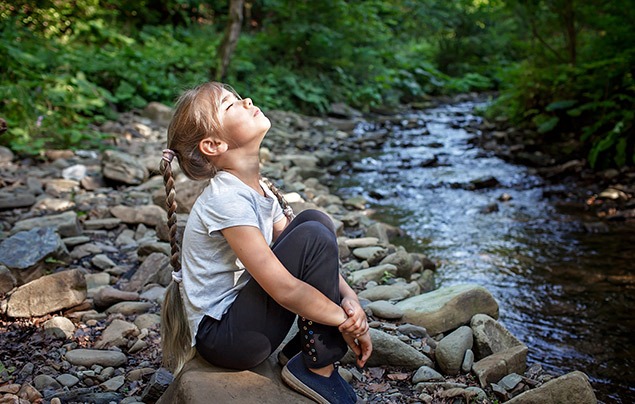

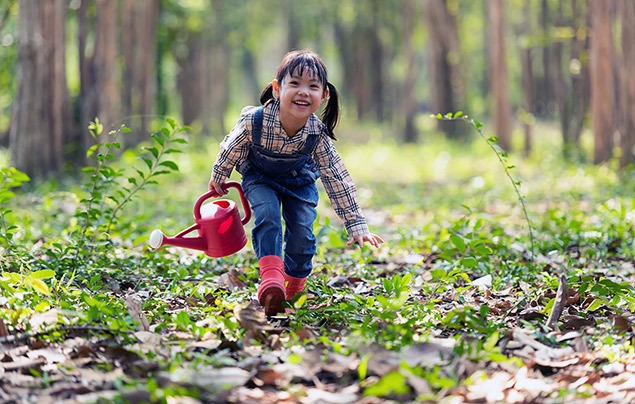
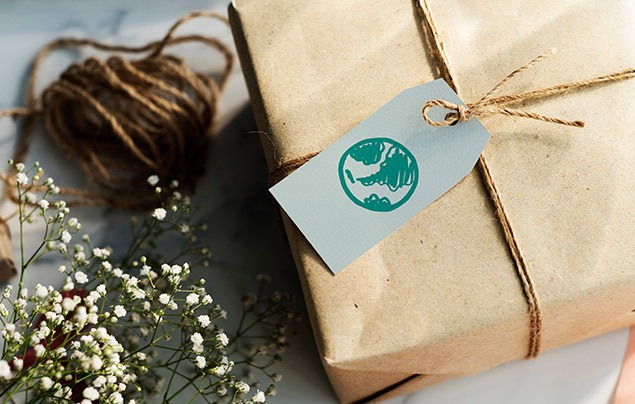
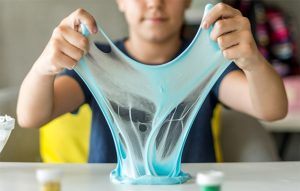


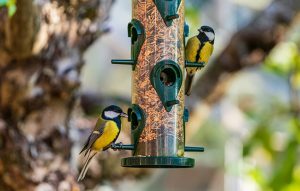




LEAVE A COMMENT
THANK YOU
Your comment will be checked and approved shortly.
WELL DONE,
YOUR COMMENT
HAS BEEN ADDED!
COMMENTS
CUSTOMIZE YOUR AVATAR